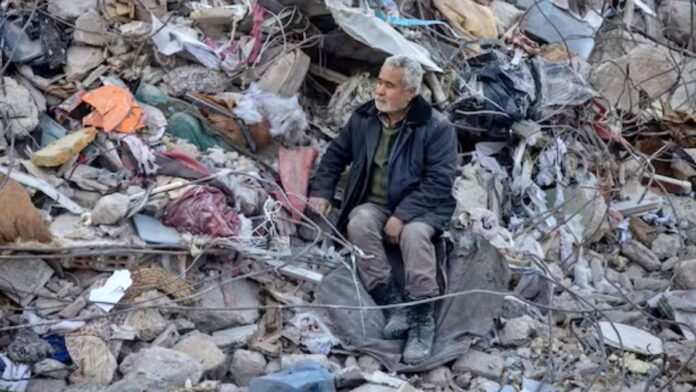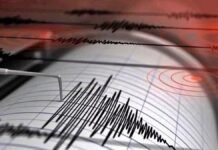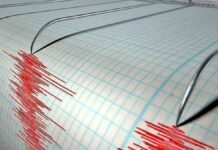
Key Points
- A 6.2-magnitude earthquake struck the Sea of Marmara near Silivri, just outside Istanbul, at 12:49 PM local time.
- Tremors were felt across Istanbul and neighboring provinces, with buildings shaking and residents fleeing into the streets.
- At least 151 people injured, mostly due to panic-induced falls and jumps; no fatalities or major structural damage reported.
- Emergency services and disaster response teams mobilized; authorities urge vigilance against aftershocks.
- No disruptions to transportation, airports, or critical infrastructure; President Erdogan monitoring the situation.
Istanbul: A powerful earthquake measuring 6.2 on the Richter scale struck Turkey’s largest city, Istanbul, on Wednesday afternoon, sending shockwaves of panic through the metropolis of over 16 million residents. The quake’s epicenter was located in the Sea of Marmara near Silivri, about 70–80 kilometers west of central Istanbul, and occurred at a shallow depth of 6.9–10 kilometers, amplifying its impact across the region.
Scenes of Panic Across Istanbul
As buildings swayed and windows rattled, thousands of Istanbulites rushed out of homes, offices, and schools, gathering in parks and open spaces to escape potential aftershocks. Eyewitnesses reported items falling from shelves, cracks appearing in some walls, and widespread alarm as people checked their phones for news and updates. Video footage circulating on social media showed news anchors and residents reacting live as the tremors struck.
Injuries and Emergency Response
Authorities confirmed that while there were no immediate reports of fatalities or collapsed buildings, at least 151 people were injured—most while jumping from balconies or fleeing in panic. One vacant building in Istanbul’s Fatih district reportedly collapsed, but no one was inside at the time. The Turkish Disaster and Emergency Management Authority (AFAD) and local emergency services quickly mobilized, conducting field assessments and putting all teams on high alert.
Infrastructure and Aftershocks
Preliminary inspections revealed no significant damage to highways, airports, railways, or subway systems in Istanbul or the wider Marmara region. The Istanbul Metropolitan Municipality and national ministries reassured the public that transportation and infrastructure remained fully operational. However, authorities urged residents to avoid entering potentially damaged buildings and to remain vigilant, as several aftershocks—some as strong as magnitude 5.3—were recorded in the hours following the main quake.
Regional Impact and Official Appeals
The tremors were felt as far as Izmir, about 550 kilometers south, and even in neighboring countries such as Bulgaria, Greece, and Romania. President Erdogan and senior ministers have been monitoring the situation closely, appealing for calm and urging citizens to follow official guidance. Public holiday events and children’s celebrations in Istanbul were canceled as a precaution.
Expert Assessment and Safety Measures
Seismologists are studying the quake and its aftershocks to better understand the risks and reinforce safety protocols. Istanbul, located near major fault lines, has seen increased efforts in recent years to strengthen buildings and infrastructure against seismic threats. Residents are reminded to stay updated via official channels and to be prepared for possible aftershocks.
Despite the intensity of today’s earthquake, Istanbul has avoided major destruction, thanks to rapid emergency response and ongoing preparedness efforts. Authorities continue to monitor the situation and urge residents to remain cautious as aftershocks persist.

















































